Keep it in the family: Where Hobart homeowners stay the longest
It makes dollars and cents to hold on to a home for a longer period — see our most loyal suburbs.
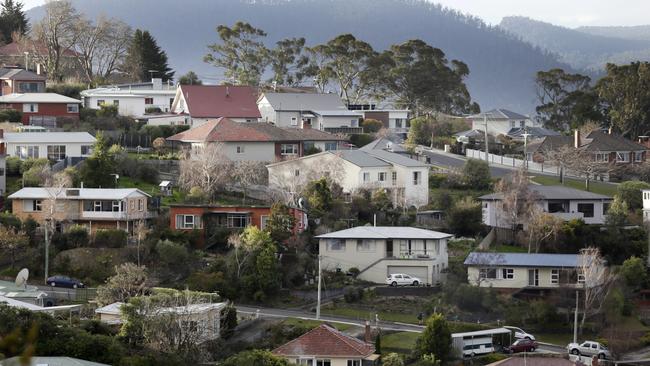
Property
Don't miss out on the headlines from Property. Followed categories will be added to My News.
HOMEOWNERS in Mount Stuart hold on to their houses for longer than any other suburb in Tasmania.
The latest PropTrack figures show house owners in this city suburb average 12.67 years before selling their property.
The area’s median price a decade ago was $456,250, but now sits at $1.1105m.
Peterswald agent Bec Owens said a few factors affect how long Mount Stuart homes are held for.
She said the suburb is a family area, where younger couples buy a home and then start a family.
“You are close to the city, there is a highly regarded school, and compared to neighbouring West Hobart, Mount Stuart took longer for prices to boom,” she said.
“That gave people the opportunity to get a foot on the ladder.”
MORE: Buy versus rent: Hobart suburbs where renters save thousands
‘Remarkable’: 1830s Georgian country house among our finest
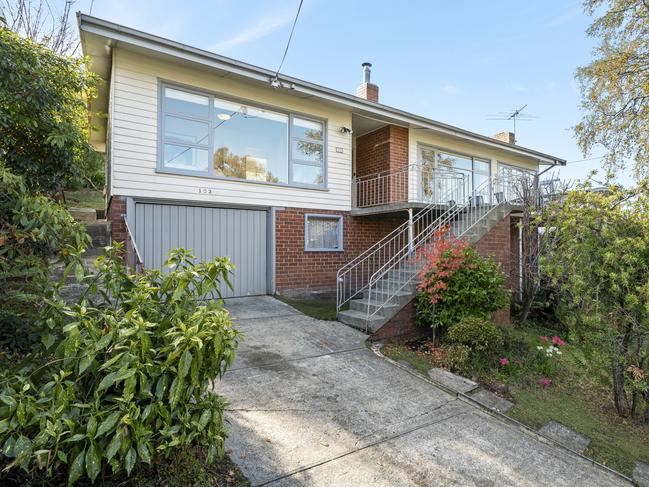
Hobart’s next longest held suburbs were Rosetta, Kingston Beach, Warrane and Moonah.
Mrs Owens said Rosetta was an affordable location to find a home with great views, and possibly a character property.
“There are larger homes in this area where people have lived for a long while. Over time, that will start to turn over when people downsize and then younger families move in,” she said.
“Kingston Beach is aspirational, the appeal speaks for itself. It is a lifestyle area where people wouldn’t want to leave once they secure a home there. They don’t come up very often.”

PropTrack economist Paul Ryan said a suburb where owners were staying put for a lot of years indicated it was likely family friendly, and suited a range of life circumstances.
“There will be a lot of people who have raised their children there, and if you have everything you need why would you move?” he said.
MORE: Jake’s strong auction showing a springboard for next event
One strong bid to buy Toyota Devonport dealership site
Common threads between such suburbs usually include good schools, substantial housing allotments and access to employment options.
Staying put is often a path to wealth when it comes to property.
“The most expensive thing you can do in property is to move home,” Mr Ryan said.
“We have seen very strong growth in the past 20 years; and for owner occupiers, all of those capital gains are tax-free.”
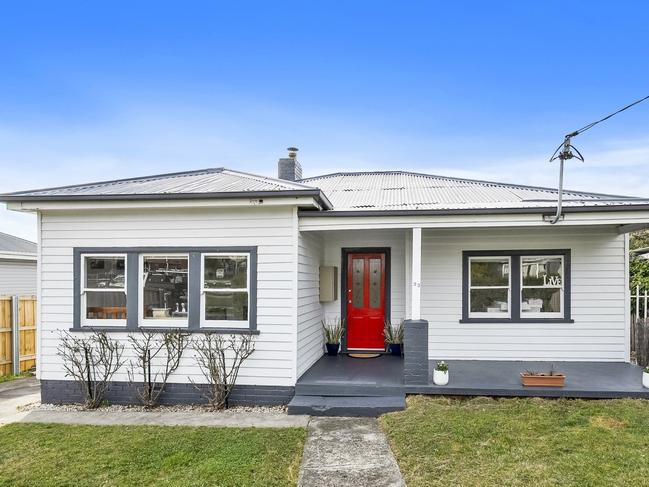
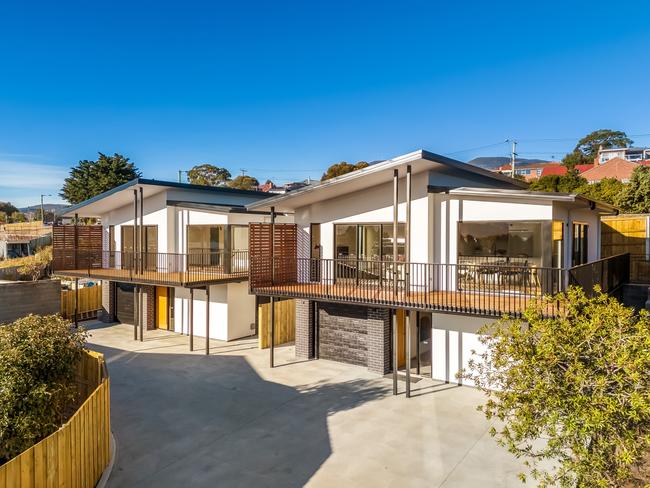
Social analyst and demographer Mark McCrindle said housing conversations often revolve around affordability but that’s just the access point.
“It enables them to buy, but it’s not the goal,” he said.
“These suburbs are places of liveability, not necessarily affordability. It’s the liveability that counts.”
Mr McCrindle said a lot of these suburbs have a slightly older average age.
“You’ve got people that have invested in those communities and connected with them over a longer term,” he said.
“Their life and that life is often intrinsically linked to the particular suburb.
“It shows that people find their corner of the planet that they love and don’t want to give it up.”

For many, staying put will become part of their retirement strategy ensuring they have a significant stash of funds that is gaining value until they need to downsize.
However, Mr Ryan said for many families entering the market today there would be a need for multiple home moves as their lives change, making it unlikely future generations would see the same opportunity to build wealth without paying additional stamp duty along the way.
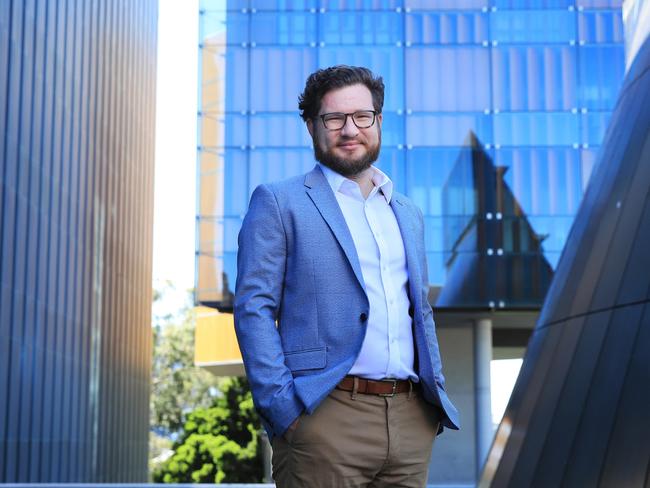
When people have lived in one place for a long time, 20 or so years, they may be empty-nesters.
Mr McCrindle said they might find more suitable accommodation by selling that place, but they don’t want to.
“Often they would rather keep the home in the family, and so they’re tightly held. They pass it on to the next generation … I think that the average hold for these suburbs is going to continue to grow.”





